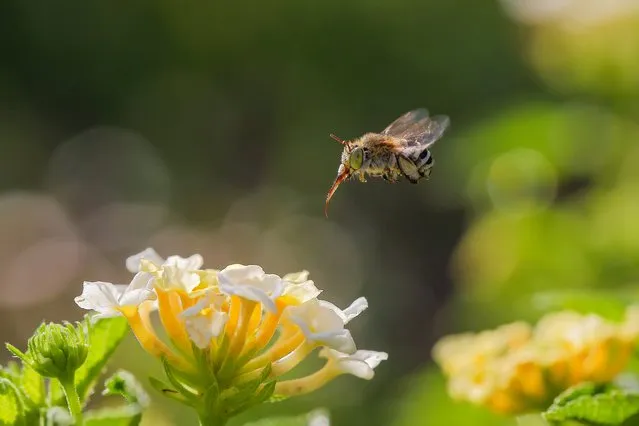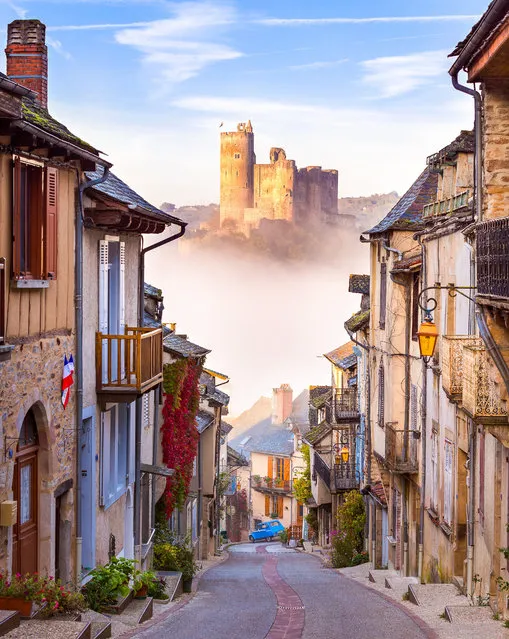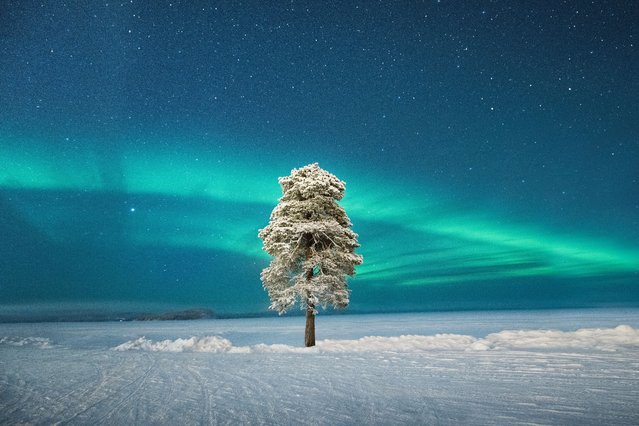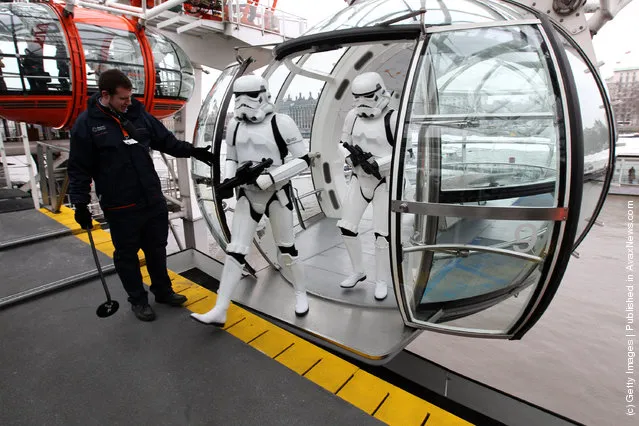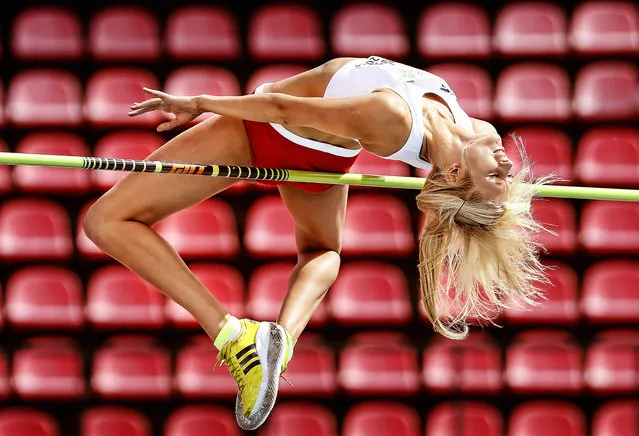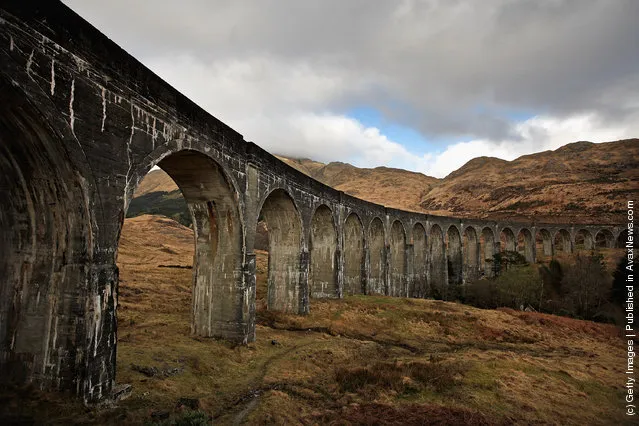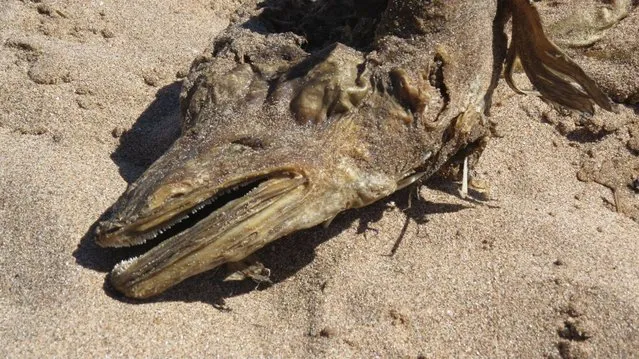
A mysterious sea creature with some frighteningly sharp teeth washed up on a beach in England last week, where David Mackland snapped these photos. A Grind TV story reports that Mackland estimated the creature to be about 4-5 feet in length. (Photo by David Mackland/OurCarnoustie)
06 Jun 2013 10:15:00,post received
0 comments

